Temporary & Portable Solar Lighting
Illuminate Your Nights: The Ultimate Guide to Choosing Solar Powered Outdoor Lights for Every Space
As outdoor lighting continues to evolve, Solar Powered Outdoor Lights have emerged as a sustainable and cost-effective solution for enhancing outdoor spaces. According to a report by the Solar Energy Industries Association (SEIA), solar energy usage has grown over 20% annually in the last decade, reflecting a shift towards eco-friendly alternatives. Solar powered lights not only save energy but also significantly reduce electricity bills, with estimates suggesting a potential savings of up to $400 a year for an average household. Furthermore, the ease of installation and minimal maintenance required contribute to the increasing popularity of these lights among homeowners and businesses alike. This guide aims to illuminate your nights by providing practical insights on selecting the right Solar Powered Outdoor Lights tailored to your unique environment, ultimately fostering a sustainable and aesthetically pleasing outdoor experience.

Understanding Solar Powered Outdoor Lights: Types and Benefits
Solar powered outdoor lights have become increasingly popular due to their efficiency and environmental benefits. According to a report by Grand View Research, the solar lighting market is projected to reach $7.5 billion by 2025, driven by the rising demand for renewable energy sources. These lights harness solar energy during the day, converting it into electricity stored in a battery, which powers them at night. This capability not only reduces electricity costs but also offers a sustainable solution for outdoor illumination.
Understanding the various types of solar powered lights is essential for making an informed choice. There are several options available, including solar path lights, flood lights, string lights, and wall-mounted fixtures, each serving different purposes. For instance, solar path lights effectively enhance walkway visibility while adding aesthetic appeal to landscaping. The added advantage of these systems is their low maintenance; once installed, they require minimal upkeep since they have no wires or external power sources. More importantly, many models are designed to be waterproof and durable, enabling them to withstand harsh weather conditions. Thus, selecting the right type of solar outdoor lighting can significantly enhance safety and beauty around your home or garden.
Key Factors to Consider When Choosing Solar Lights for Your Space
When selecting solar-powered outdoor lights, several key factors must be considered to ensure optimal performance and aesthetic appeal. First and foremost is the brightness of the lights, typically measured in lumens. For instance, a standard pathway light emits between 100 to 200 lumens, which is adequate for illuminating walkways without being overpowering. According to the Solar Energy Industries Association (SEIA), homes with well-lit outdoor areas are perceived as safer and more welcoming, highlighting the importance of effective lighting solutions.
Another critical aspect is the solar panel efficiency. Modern solar lights come equipped with panels that can convert around 15% to 20% of sunlight into energy, significantly impacting their performance. It's vital to choose products with high-efficiency panels to ensure they can charge adequately even on cloudy days. Additionally, the location of the lights plays a critical role; placing them in direct sunlight for at least six hours a day greatly enhances their energy absorption. According to a report from the National Renewable Energy Laboratory (NREL), properly positioned solar lights can maintain illumination for up to 12 hours, making them a reliable choice for nighttime use.
How to Determine the Best Placement for Solar Lights in Your Yard
When selecting the ideal placement for solar-powered outdoor lights, understanding both functionality and aesthetics is crucial. According to a report from the Solar Energy Industries Association, outdoor solar lighting has seen a growth rate of 20% annually, driven by increasing consumer demand for energy efficiency and sustainability. One key consideration for placement is to ensure that the solar panels remain unobstructed by shade. Ideally, lights should be positioned in areas that receive direct sunlight for at least 6-8 hours daily, as this maximizes battery life and illumination time throughout the night.
Strategically lighting pathways and entryways not only enhances safety but also adds character to your outdoor space. A study by the American Society of Landscape Architects found that well-lit environments can reduce accidents by up to 30%. Aim to place solar lights along these areas, spacing them approximately 10-15 feet apart for optimal visibility. Additionally, consider illuminating focal points such as trees or garden features. Positioning lights at varying heights can create dramatic effects while ensuring an inviting atmosphere, making your yard a welcoming place after sunset.
Solar Powered Outdoor Lights Placement Analysis
Tips for Selecting Solar Lights Based on Your Lighting Needs and Aesthetics
When selecting solar powered outdoor lights, it's crucial to consider both your lighting needs and the overall aesthetic of your space. Start by assessing the purpose of the lighting. Are you looking to illuminate a pathway, highlight landscaping features, or create a cozy ambiance for gatherings? For pathways, choose lights with a lower brightness to softly guide the way, while spotlights may be better suited for showcasing particular plants or architectural details?
Aesthetics play a significant role in your selection process. Solar lights come in various styles, from modern to vintage. Consider the architecture of your home and the design elements already in place. For a contemporary look, sleek and minimalist lights would complement your space well. Conversely, if your garden features a more rustic charm, wrought-iron lanterns or fairy lights would enhance the overall atmosphere. Pay attention to color temperatures as well; warm white lights create a welcoming feel, while cooler tones may suit more modern settings. Overall, the right combination of function and design will ensure your outdoor area shines beautifully at night.
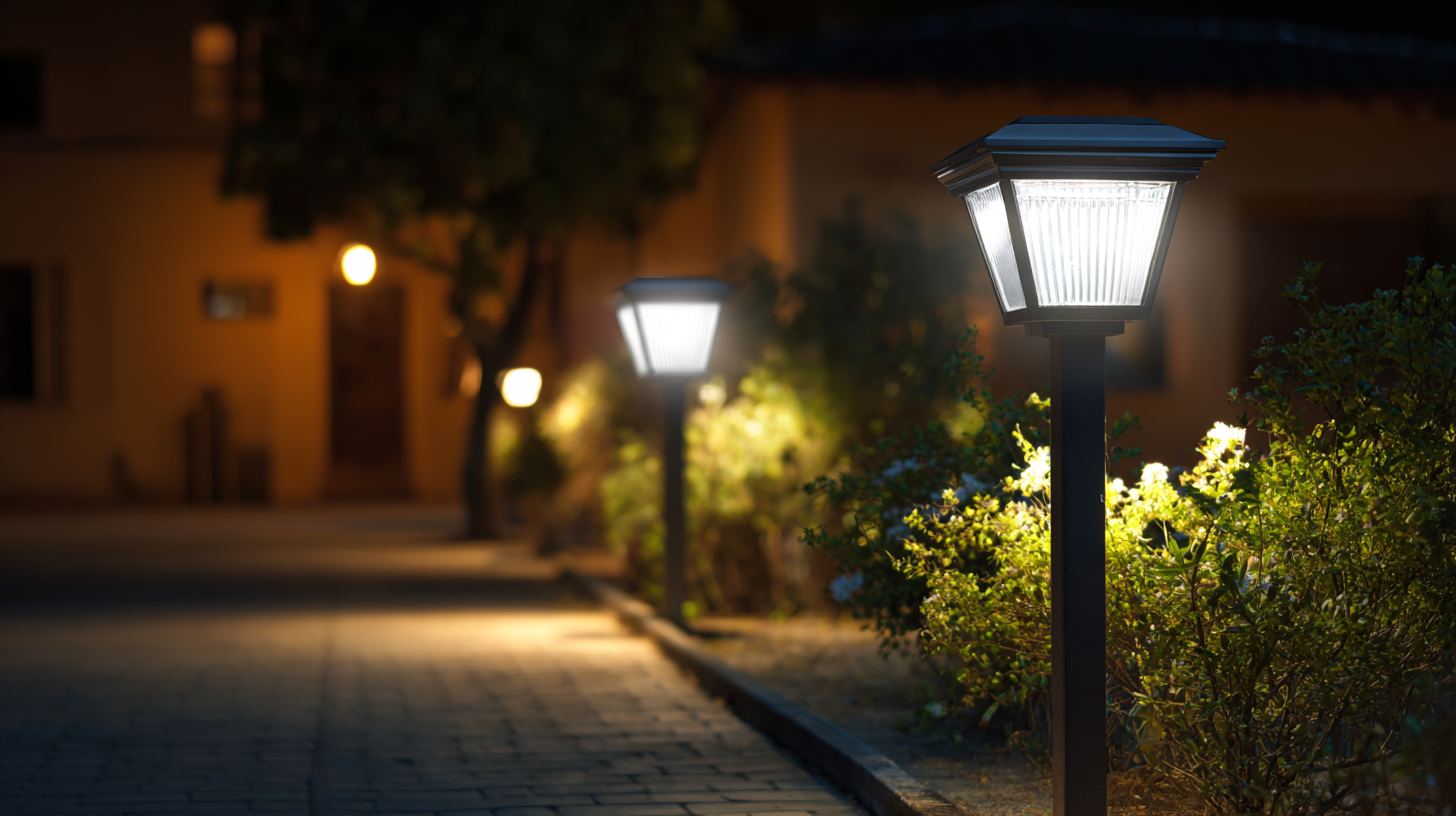
Maintaining and Troubleshooting Your Solar Powered Outdoor Lights for Longevity
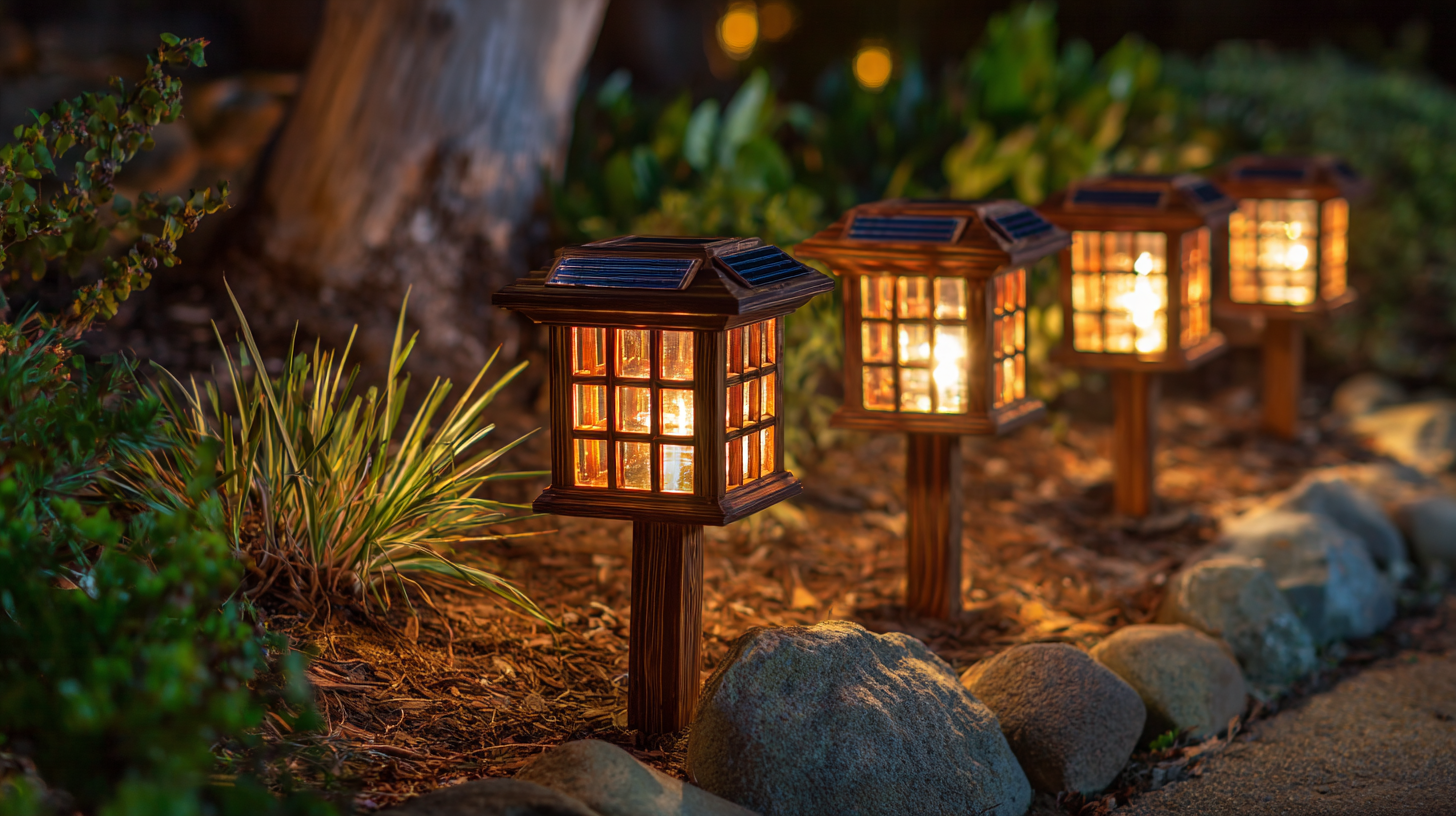 Maintaining your solar-powered outdoor lights is essential to ensure they last and perform optimally. Regularly check the solar panels for dirt and debris, as a clean surface allows for maximum sunlight absorption. Use a soft cloth and mild soap to gently clean the panels every few months, especially after heavy rains or storms. Additionally, inspect the battery compartments periodically to ensure that batteries are securely connected and not corroded. Replace old or faulty batteries as needed, as their efficiency directly affects the light's performance.
Maintaining your solar-powered outdoor lights is essential to ensure they last and perform optimally. Regularly check the solar panels for dirt and debris, as a clean surface allows for maximum sunlight absorption. Use a soft cloth and mild soap to gently clean the panels every few months, especially after heavy rains or storms. Additionally, inspect the battery compartments periodically to ensure that batteries are securely connected and not corroded. Replace old or faulty batteries as needed, as their efficiency directly affects the light's performance.
In case your solar lights are not functioning as expected, troubleshooting is key. Start by verifying that the solar panel is receiving adequate sunlight and that there are no obstructions such as plants or dirt. If the lights still don’t turn on, check the sensor; sometimes, the settings could be accidentally adjusted or the sensor might be malfuntioning. Lastly, ensure that the wiring, if applicable, is intact. Addressing these issues promptly can extend the lifespan of your fixtures and maintain their shine through many seasons.
Related Posts
-
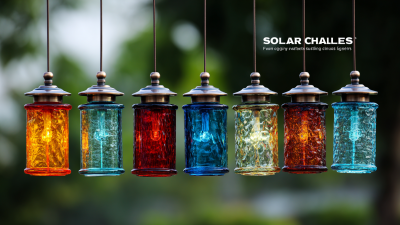
Discover High Quality Solar Hanging Lights from Leading Manufacturers in China for Global Buyers
-
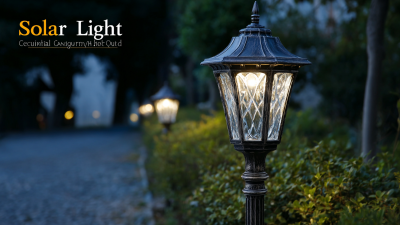
Top Quality Best Solar Light Outdoor Manufactured in Leading Chinese Factories
-

Discover Premium Outdoor Solar Panel Lights Crafted by Top Chinese Manufacturers
-
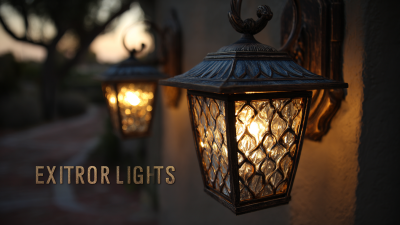
Understanding Industry Standards for Best Exterior Solar Lights
-

Choosing Quality Manufacturers for Best Outdoor Solar Lights to Illuminate Your Home
-

Embracing Tomorrow: The Future of Sustainable Illumination with Best Solar Yard Lights
USA / Americas
1507 Capital Ave, Suite 102
Plano, TX 75074
+1 (214) 838-7010
8:00am – 5:00pm (GMT-6)
Australia / Asia Pacific
503 Cross Keys Rd,
Cavan SA 5094
+61 8 7200 3909
9:00am – 5:00pm (ACDST)
© 2025 Green Frog Systems. | Privacy Policy | Terms & Conditions


